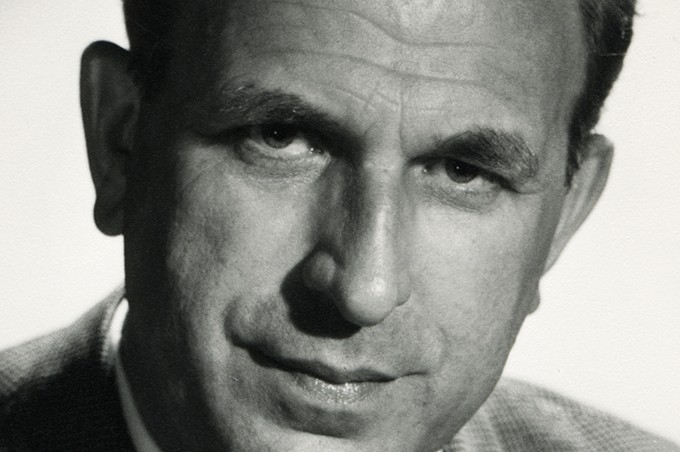15 March 2024
P.R. Jenkins
Spotlight Stravinsky: “Le sacre du printemps”

“The rhythms must be treated organically, not metronomically.”
Karajan about “Le sacre du printemps”
Karajan’s first approach to Stravinsky’s “Le sacre du printemps” came quite late, in 1962. At that time, the piece had been in the repertoire for a long time, already figuring in Disney’s animated musical film “Fantasia” of 1940. Stravinsky’s groundbreaking masterpiece is one of the turning points in musical history and caused an infamous scandal at its first performance in 1913. Fifty years later, “Sacre” was still a challenge even for the best orchestras. Karajan’s first two concerts with the Vienna Philharmonic were apparently a disaster. The score – extremely tricky in rhythmical terms – wasn’t familiar to the Viennese musicians and they lost their way.
Starting in March 1963, Karajan conducted “Sacre” exclusively with the Berlin Philharmonic over the next 15 years, 21 times in concert and twice in the studio. His first recording in 1964 “became something of a cause célèbre. Stravinsky himself used the LP’s release that autumn as a cue to write the first of two comparative reviews […] of recordings of ‘Le Sacre’. […] Stravinsky famously dubbed the 1964 Berlin ‘Le Sacre’ ‘a pet savage rather than a real one’, blaming the tradition from which the performance came (German and unduly sostenuto) more than the performance itself for its obvious shortcomings. (Richard Osborne)” In one of his books of conversations with Stravinsky, Robert Craft quoted him postulating: “I doubt whether The Rite [Le sacre du printemps] can be satisfactorily performed in terms of Herr von Karajan’s traditions … I do not mean to imply that he is out of his depths, however, but rather that he is in my shallows … There are simply no regions for soul-searching in The Rite of Spring.” Glenn Gould – not widely recognized as a Stravinsky expert – had a different opinion and defended Karajan’s recording. He admitted that Stravinsky’s own “rhythmic propulsiveness, melodic cynicism, and shyness about rubato took one directly to the heart of the music” but he also considered Karajan’s account to be “the most imaginative and, in a purely compartmentalized sense, inspired realization” on record. Many years later, Karajan said rather sarcastically “There is always the problem of deciding how successful Stravinsky the conductor has been in realizing his own score.” But his first reaction was to take note of Stravinsky’s criticisms and revise his interpretation.
After the 1964 recording, Karajan let the piece rest for six and a half years. Then he began to perform it live more often (notably in the year of Stravinsky’s death) and after 13 concerts with “Sacre” he recorded it again in 1977. Gramophone praised the recording “combining both the symphonic and balletic aspects of this extraordinary score, with the Berlin Philharmonic providing much sheer beauty of sound”.
Indeed, although Karajan was one of the greatest conductors of ballet music by Tchaikovsky, Adam or Delibes he was rarely keen on producing ballet on stage. In his time as head of the Vienna State Opera he only conducted a single ballet, ironically with music that wasn’t written as ballet music – Gustav Holst’s “The Planets”. But “Le Sacre” was a piece of theatre he did contemplate realizing. In his late years he said this to Richard Osborne:
— P.R. JenkinsOsborne: You’ve wanted for a long time to conduct “Le Sacre” in the theatre?
Karajan: Yes, I wanted to do a production with [George] Balanchine, but it never happened, and now there is no one I can think I would want to do it with.
Richard Osborne: “Karajan. A Life in Music” Chatto & Windus, London. 1998
“Conversations with Karajan” Edited with an Instroduction by Richard Osborne. Oxford University Press. 1989
Ivan March in Gramophone 12/2000


